Leopard geckos (Eublepharis macularius) have become one of the most popular reptilian pets worldwide due to their manageable size, relatively simple care requirements, and docile temperament. However, their popularity has led to concerns about breeding ethics and proper housing conditions. As responsible keepers and breeders, we have an obligation to ensure these fascinating creatures receive the highest standard of care throughout their lives. This article explores the ethical considerations involved in breeding leopard geckos and the best practices for housing them in captivity, ensuring their physical health and behavioral needs are met.
Understanding Leopard Gecko Natural Habitat
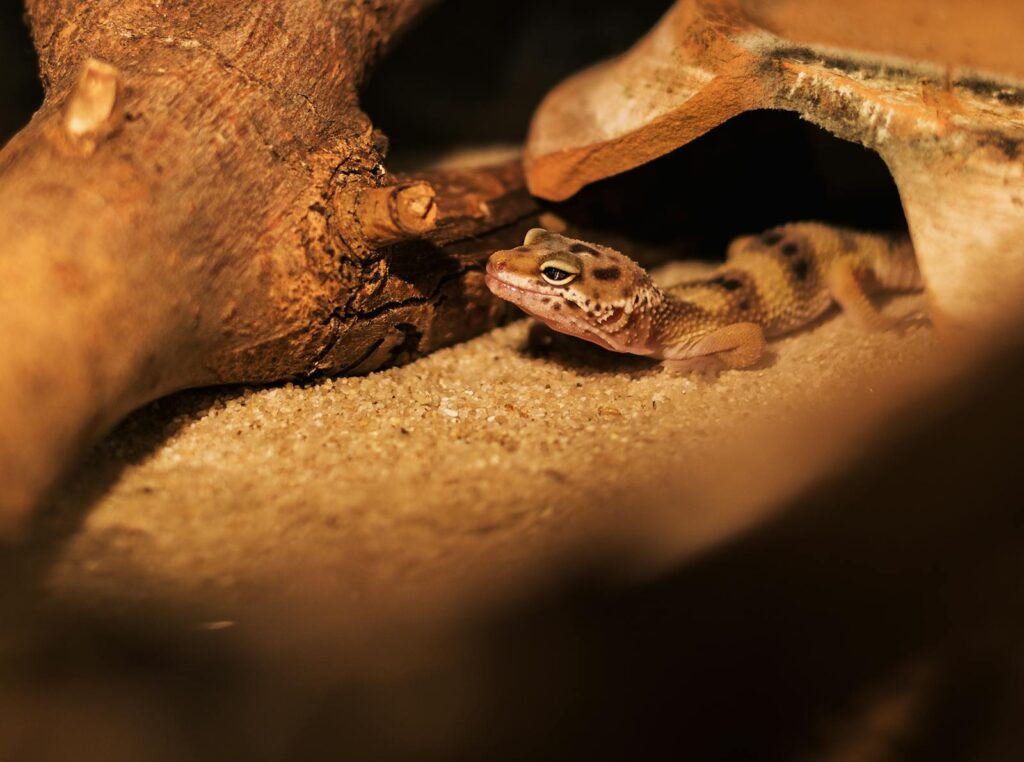
Leopard geckos originate from the arid and semi-desert regions spanning from Afghanistan through Pakistan into northwestern India. Their natural environment consists of rocky terrain with sparse vegetation, where temperatures fluctuate significantly between day and night. In the wild, these nocturnal creatures spend daylight hours sheltering in rock crevices or underground burrows to escape heat and predators. Understanding these natural conditions is crucial when creating appropriate captive environments. By replicating key elements of their native habitat, keepers can provide housing that allows leopard geckos to express natural behaviors and thrive in captivity.
Responsible Breeding Fundamentals
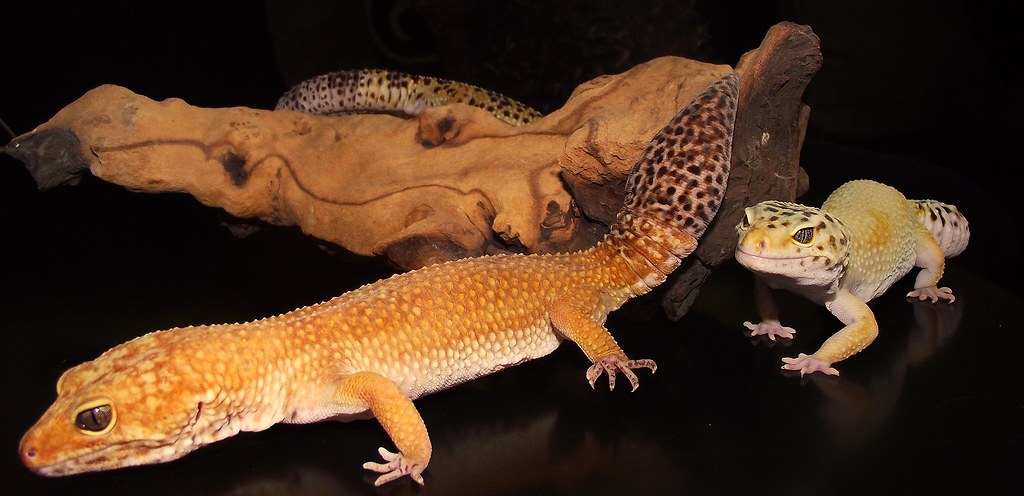
Ethical breeding begins with thorough knowledge of leopard gecko genetics, health, and behavior. Responsible breeders should only breed healthy, mature specimens that are at least one year old and have reached appropriate weight—typically 50-60 grams for females. Breeding should be limited to prevent exhaustion in females, with most ethical breeders allowing no more than 2-3 clutches per season followed by a recovery period of several months. Careful record-keeping is essential for tracking lineage and identifying potential genetic issues, especially when working with specific morphs. Quality always takes precedence over quantity, with ethical breeders focusing on producing fewer, healthier offspring rather than maximizing production for profit.
Genetic Considerations in Breeding Programs
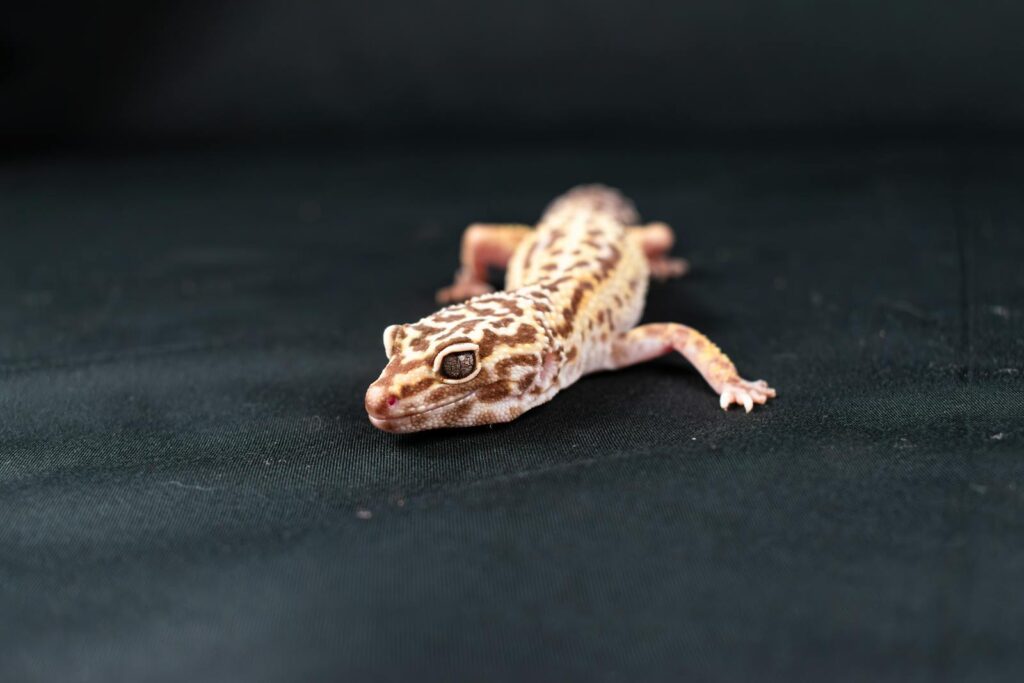
The leopard gecko hobby has seen an explosion of morphs and color variations, but some genetic traits carry health implications that ethical breeders must consider. Certain combinations, particularly those involving the enigma gene, can result in Enigma Syndrome, a neurological condition causing disorientation, head tilting, and circling behaviors. Responsible breeders avoid perpetuating known problematic genetics and are transparent about any potential health concerns in their breeding lines. Genetic diversity should be maintained through careful selection of breeding pairs, avoiding excessive inbreeding which can lead to reduced fitness and fertility. Ethical breeders also participate in open dialogue within the community, sharing information about emerging health concerns related to specific genetic traits.
Proper Housing Setup Essentials
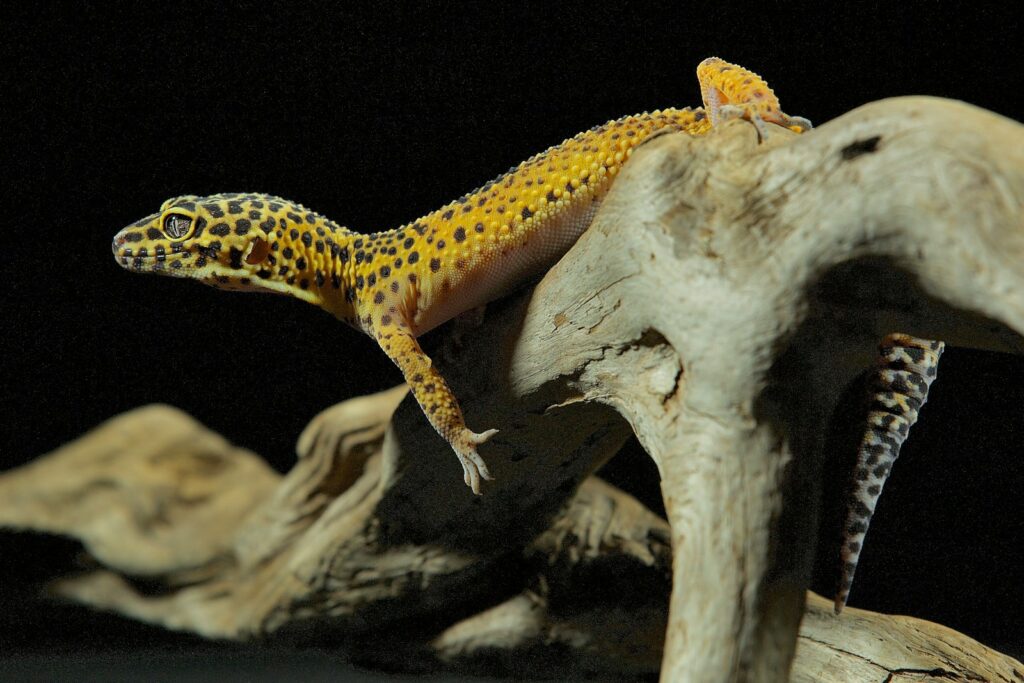
A suitable leopard gecko enclosure replicates key aspects of their natural environment while facilitating easy maintenance and observation. The minimum recommended size for a single adult gecko is a 20-gallon long terrarium (30″×12″×12″), though larger is always better to provide adequate thermoregulation options and enrichment opportunities. The enclosure should include proper ventilation to prevent humidity buildup while maintaining appropriate temperature gradients. Substrate choices should prioritize safety—avoiding loose particles that could cause impaction if accidentally ingested—with options like reptile carpet, non-adhesive shelf liner, or specially formulated reptile substrates being popular among experienced keepers. Every enclosure requires secure hiding spots on both the warm and cool ends, allowing geckos to regulate their body temperature while feeling secure.
Temperature Gradients and Heating Options

Creating a proper temperature gradient is fundamental to leopard gecko health, allowing them to thermoregulate by moving between warmer and cooler areas. The warm side of the enclosure should maintain temperatures between 88-92°F (31-33°C), while the cool side should range from 75-80°F (24-27°C). Heat sources should be controlled by thermostats to prevent dangerous temperature fluctuations, with under-tank heaters (UTHs) being the preferred primary heat source since leopard geckos absorb heat through their bellies when digesting. Supplemental overhead heating through ceramic heat emitters or deep heat projectors can be beneficial, especially in larger enclosures or cooler rooms. Temperature should be monitored using digital thermometers placed at both ends of the enclosure, with readings taken at the substrate level where the gecko spends its time.
Creating Appropriate Hides and Enrichment
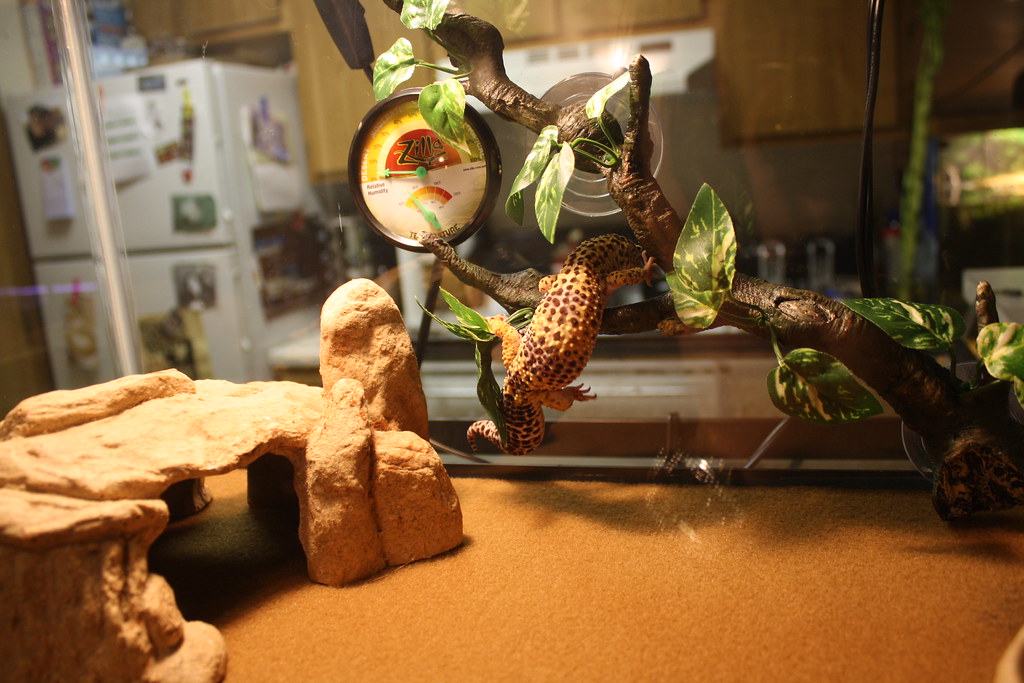
Multiple hides are essential for leopard gecko psychological wellbeing, with a minimum of three different types being recommended for a complete setup. A warm dry hide positioned over the heat source gives the gecko a secure spot for digestion and warming, while a cool dry hide on the opposite end provides an escape from heat when needed. A humid hide with moisture-retaining material like sphagnum moss helps with shedding and provides necessary humidity exposure. Beyond basic hides, enrichment can include climbing opportunities (keeping in mind these are not arboreal reptiles), textured surfaces for exploring, and occasionally rearranged decor to stimulate natural curiosity and prevent enclosure boredom. Every enrichment item should be secure, unable to collapse on the gecko, and free from sharp edges or small parts that could be ingested.
Substrate Choices and Safety Concerns
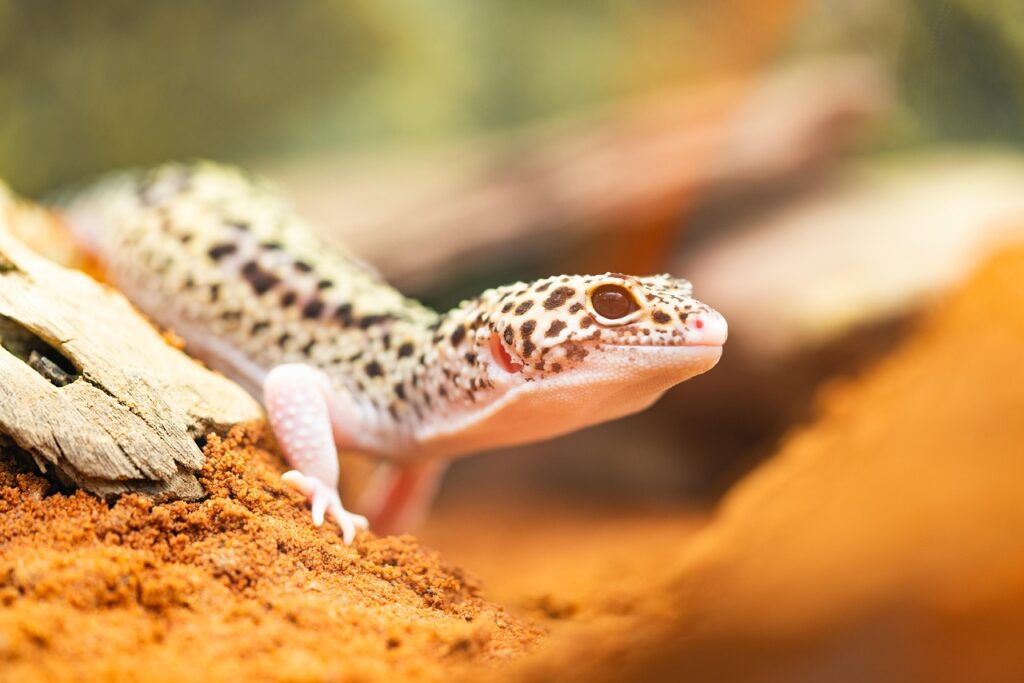
Substrate selection represents one of the most debated aspects of leopard gecko husbandry, with keeper preferences ranging from naturalistic to utilitarian approaches. While loose substrates like sand were once common, experienced keepers now recognize the impaction risks they pose, particularly for juvenile or unhealthy animals. Safer options include textured tile, reptile carpet, paper towels, or non-adhesive shelf liner which offer secure footing while eliminating ingestion risks. For more advanced keepers seeking naturalistic setups, bioactive substrates with appropriate soil mixtures, cleanup crews, and established plants can provide enrichment while mimicking natural environments. Any substrate should be spot-cleaned daily and fully replaced regularly unless using a properly established bioactive system with functioning decomposition processes.
Proper Nutrition and Feeding Protocols
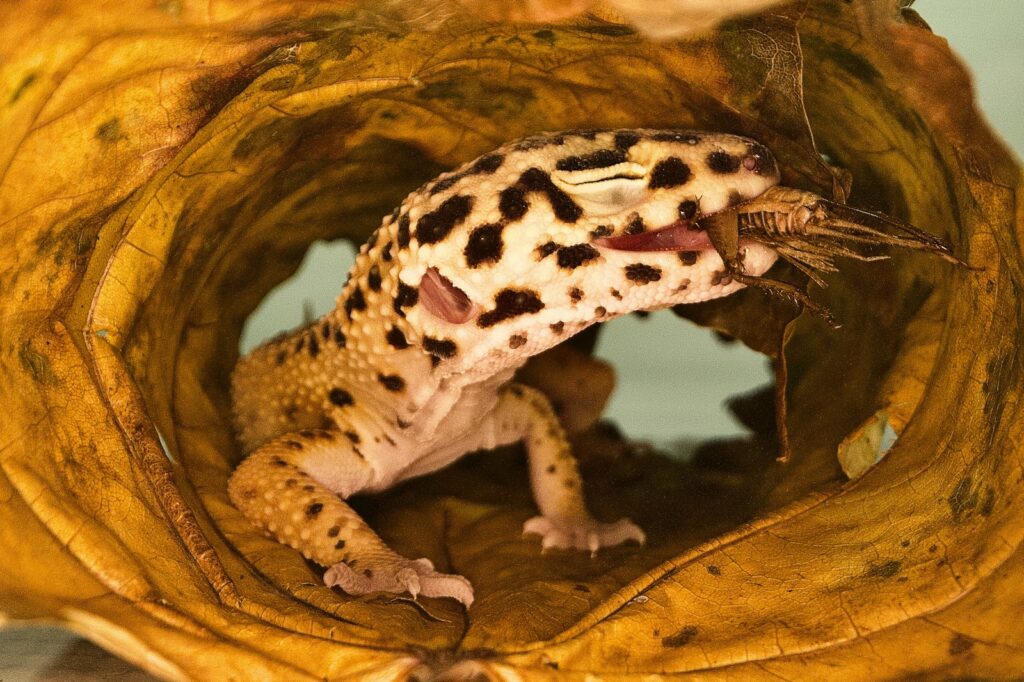
Ethical care extends beyond housing to include appropriate feeding practices that support long-term health. Leopard geckos require a varied diet of gut-loaded insects, including crickets, dubia roaches, mealworms, and occasionally waxworms as treats. All feeder insects should be gut-loaded with nutritious foods for 24-48 hours before being offered to geckos to maximize their nutritional value. A proper supplementation schedule includes calcium dusting with most feedings and multivitamin dusting once or twice weekly, with special attention to calcium with D3 for animals without UVB exposure. Feeding frequency should be adjusted based on age, with juveniles requiring daily feeding while healthy adults typically eat 2-3 times weekly, and breeding females needing additional nutrition during egg production periods.
Recognizing and Addressing Health Issues

Ethical breeding and housing practices include vigilant health monitoring and proactive intervention when problems arise. Common health concerns include metabolic bone disease from calcium deficiency, respiratory infections from improper humidity, parasitic infections, and skin problems related to improper shedding. Responsible keepers conduct regular visual health assessments, checking for clear eyes, proper weight maintenance, regular defecation, and complete shedding. Access to exotic veterinarians experienced with reptiles is essential, with routine check-ups recommended annually even for apparently healthy animals. Quarantine protocols should be established for new animals, with separate housing and handling procedures to prevent potential disease transmission to established collections.
Breeding Season Management
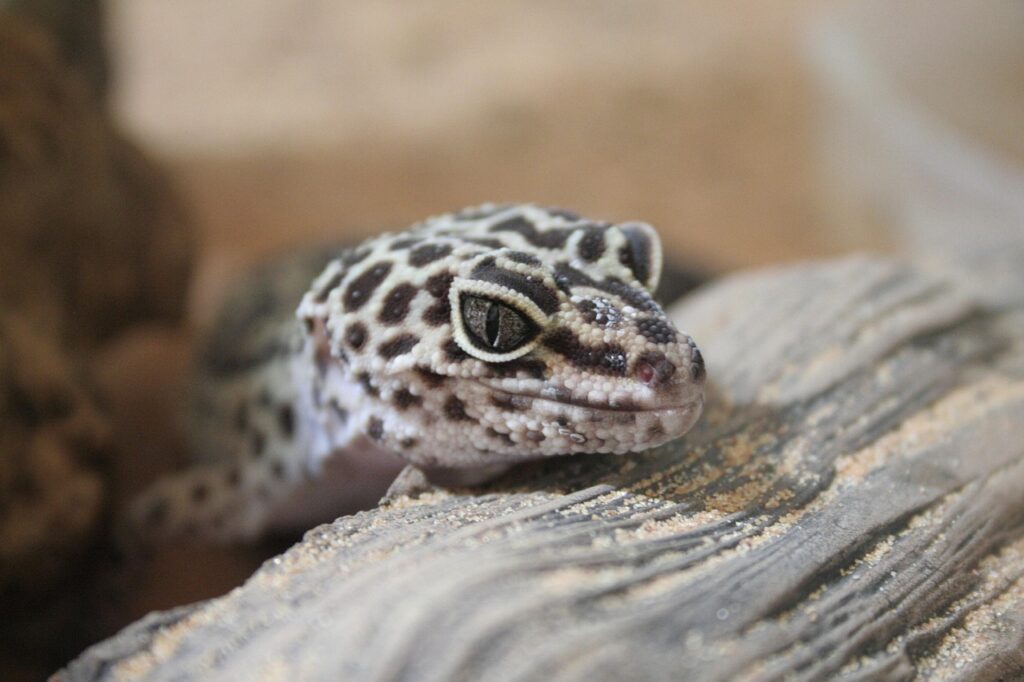
Preparing for a breeding season involves careful planning beyond simply introducing males to females. Ethical breeders ensure females are in optimal health with adequate weight reserves before breeding, typically implementing a pre-breeding conditioning period with increased calcium supplementation and nutrition. Seasonal cycling with slight temperature and lighting changes can trigger natural breeding behaviors, though artificial breeding “seasons” without proper recovery periods should be avoided. When introducing breeding pairs, close supervision is necessary to prevent aggression, with temporary separations after successful mating to protect both animals. Each female should have a dedicated lay box with suitable substrate for egg deposition, with keepers vigilantly monitoring for signs of egg binding or post-laying complications that require immediate veterinary attention.
Incubation and Hatchling Care

Ethical breeding includes proper egg handling and incubation practices that maximize hatchling health. Once eggs are laid, they should be carefully transferred to an incubation container with appropriate incubation medium such as vermiculite or perlite mixed with water at a 1:1 ratio by weight. Temperature control during incubation is crucial, as it not only affects development rate but also determines sex in leopard geckos through temperature-dependent sex determination. Ethical breeders maintain meticulous incubation records and typically incubate some eggs at female-producing temperatures and others at male-producing temperatures to maintain healthy population ratios. Hatchling care requires special considerations, including appropriately sized enclosures with simplified layouts, more frequent feeding schedules, and careful monitoring to ensure proper development and weight gain before being offered for adoption.
Ethical Sales and Adoption Practices
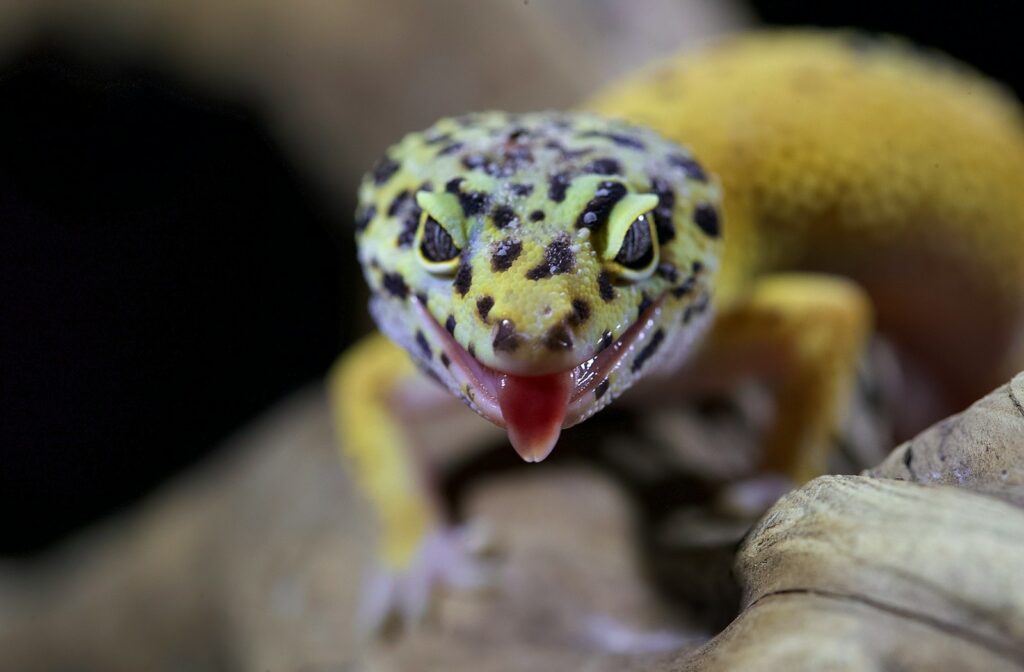
The responsibilities of ethical breeders extend to how animals are sold or placed in new homes. Transparent communication about an animal’s health history, genetic background, and specific care requirements is non-negotiable. Ethical breeders provide comprehensive care guides and remain available for ongoing support to new owners. Animals should never be sold until they are established feeders with appropriate weight gain, typically at least 3-4 weeks old. Responsible breeders may implement screening procedures for potential buyers, ensuring animals go to prepared homes with appropriate setups already in place. Many ethical breeders also offer lifetime return policies, preferring to take animals back rather than have them rehomed inappropriately or neglected if an owner’s circumstances change.
Community Responsibility and Continuing Education

Ethical leopard gecko breeding includes active participation in the wider reptile community through knowledge sharing and continuous learning. Responsible breeders stay current with evolving husbandry standards by reading peer-reviewed research, attending reptile expos and conferences, and participating in reptile-keeping forums and groups. Many contribute to the community by mentoring new keepers, participating in educational outreach, or collaborating on health and genetics research to improve the hobby. Ethical breeders also acknowledge when problems develop within certain genetic lines and make difficult decisions regarding breeding programs, sometimes retiring popular morphs when health issues become apparent. This commitment to the species’ welfare over personal profit or popularity distinguishes truly ethical breeding operations from commercial producers.
Sustainable and Responsible Practices
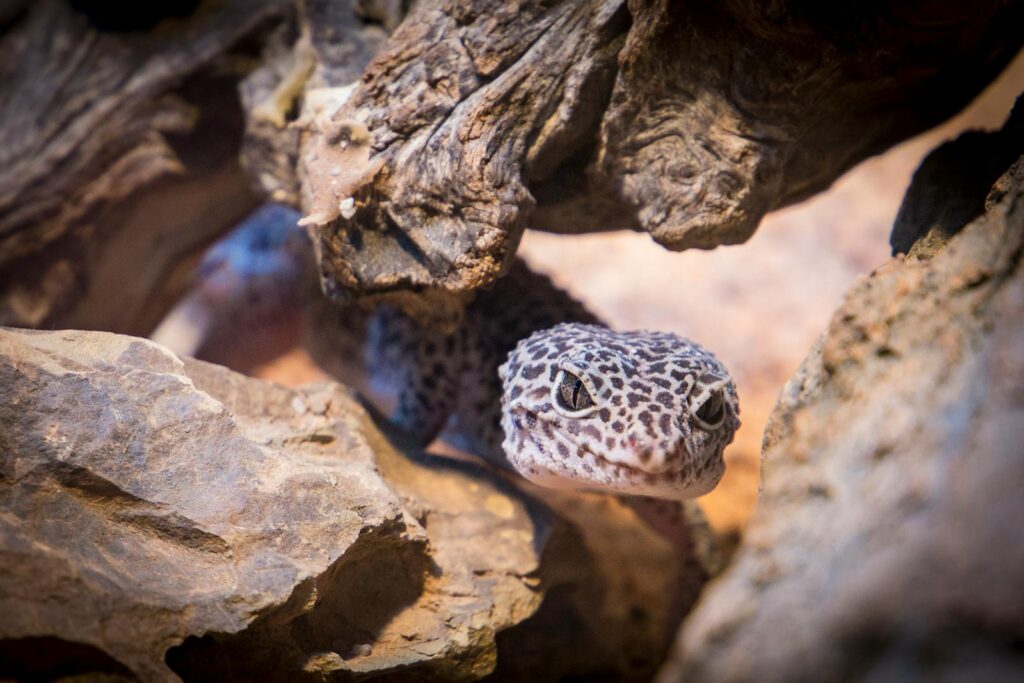
Ethical leopard gecko breeding considers broader environmental and sustainability concerns within the reptile hobby. Responsible breeders develop sustainable breeding programs that do not overproduce animals, considering market saturation and the potential for animals to end up unwanted or in rescue situations. Many ethical breeders incorporate energy-efficient equipment and practices in their operations, such as LED lighting, timers, and proper insulation to reduce resource consumption. Feeder insect colonies are often maintained with sustainable practices, including appropriate recycling of waste products and minimal packaging. Additionally, ethical breeders educate clients about the lifetime commitment of reptile keeping, discouraging impulse purchases and emphasizing the approximately 15-20 year lifespan of properly maintained leopard geckos.
Ethical breeding and housing of leopard geckos represents a commitment to animal welfare that extends far beyond basic care. Through proper habitat creation, responsible genetic management, and transparent business practices, ethical breeders elevate the standard of care within the reptile community. As our understanding of leopard gecko needs continues to evolve, so too should our husbandry practices, with welfare always taking precedence over aesthetics or profit. By prioritizing education, health, and natural behavior expression, we can ensure these fascinating reptiles thrive in captivity while preserving the integrity of the species for future generations of responsible keepers.


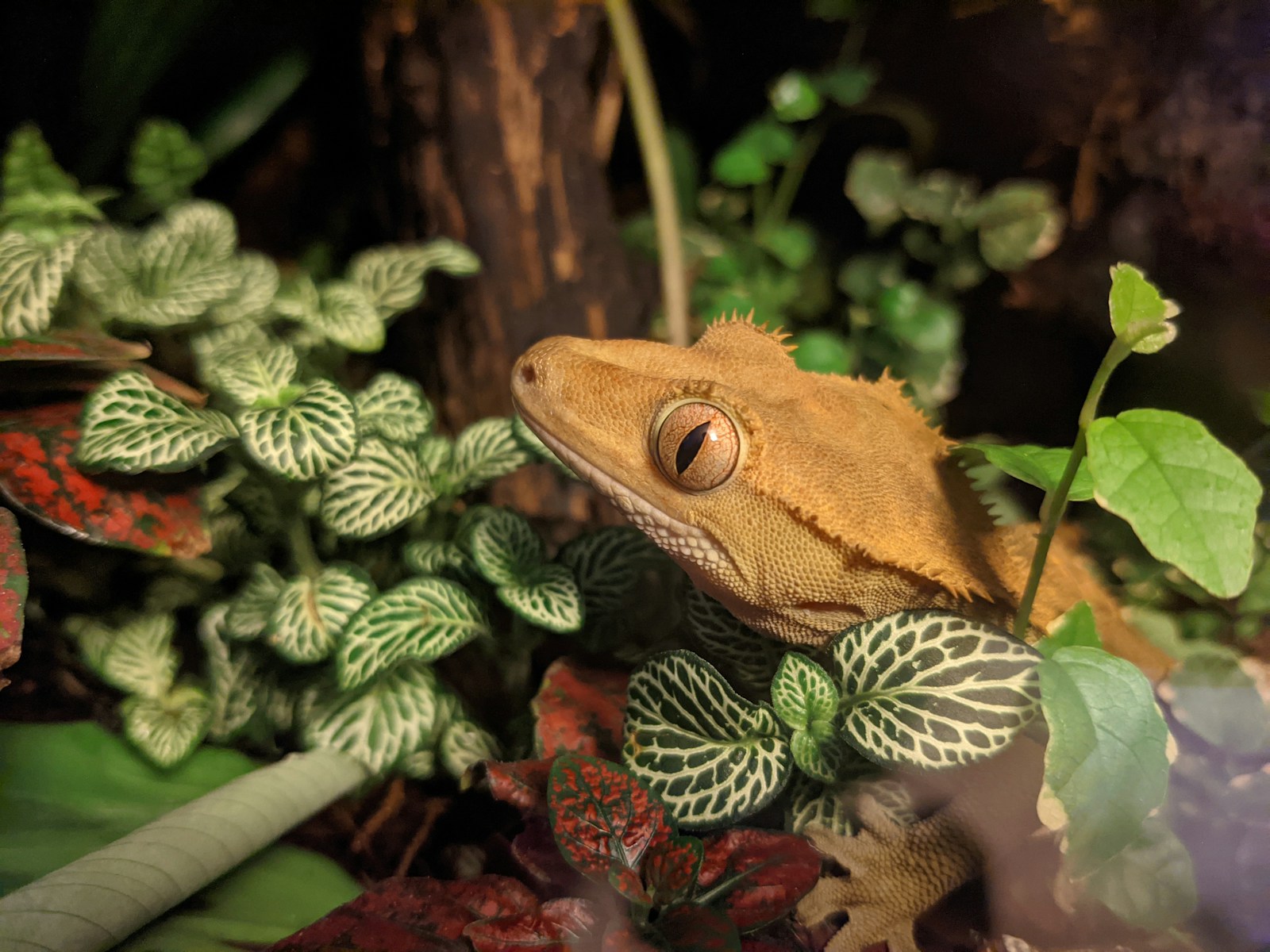
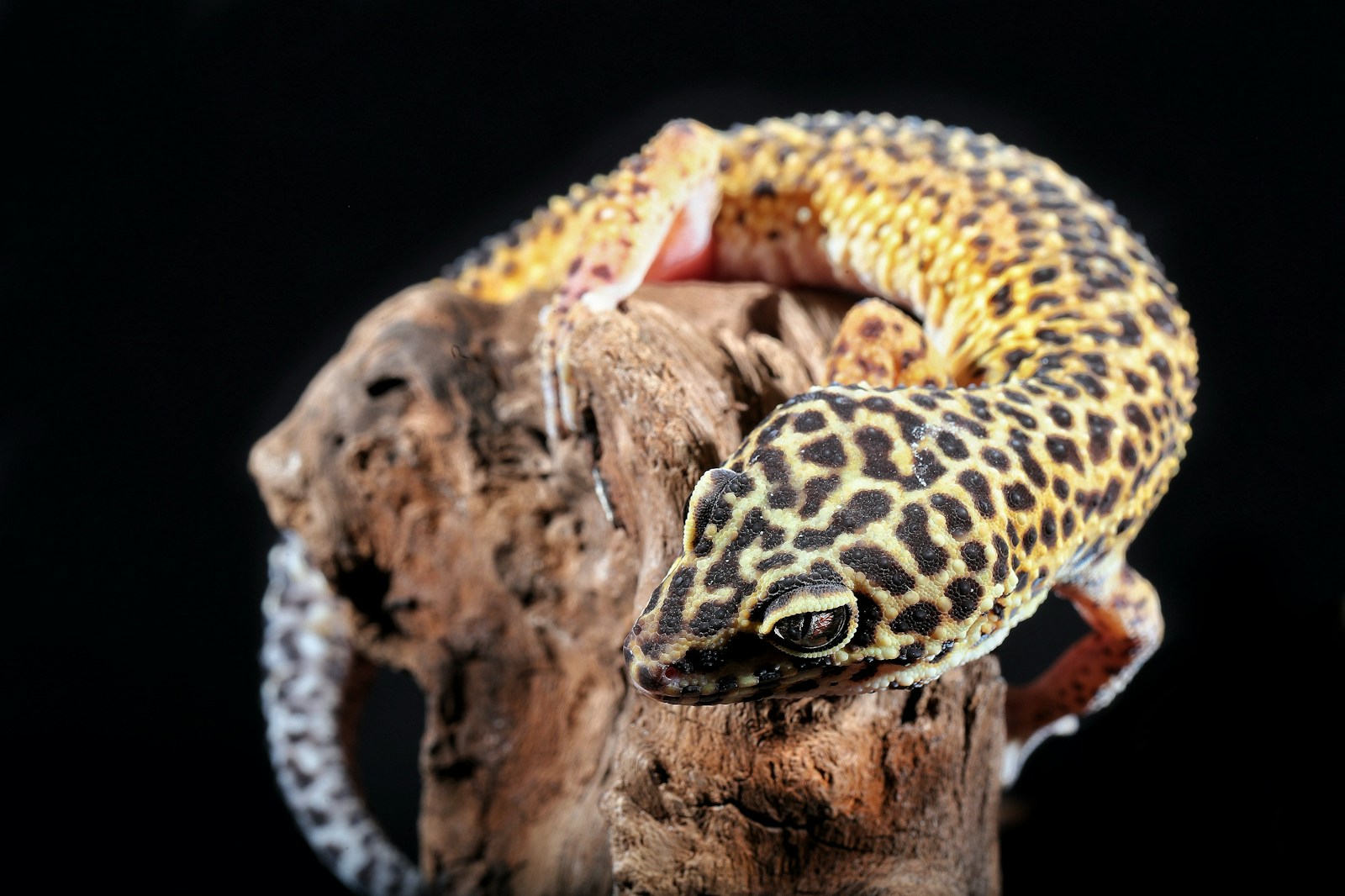
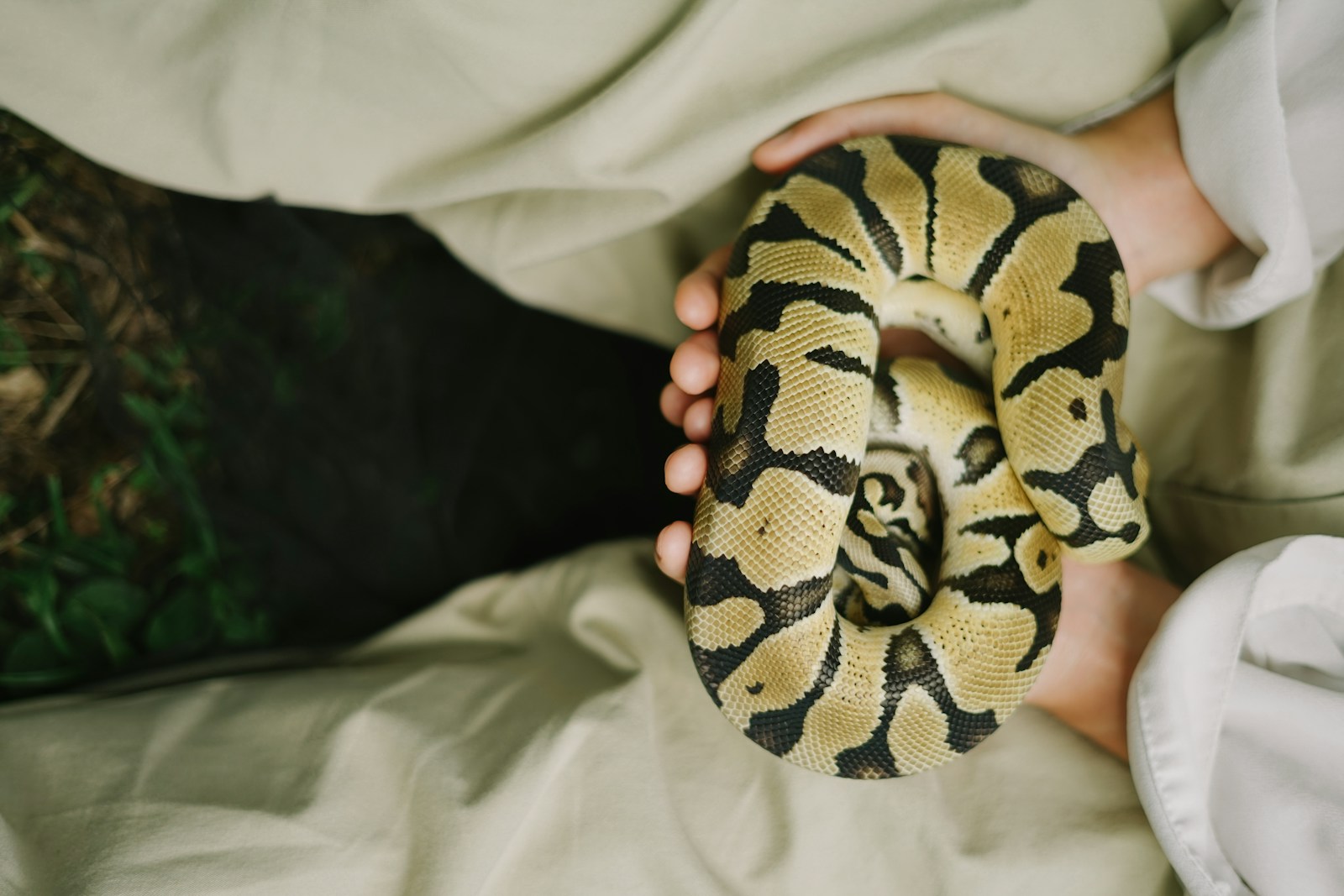

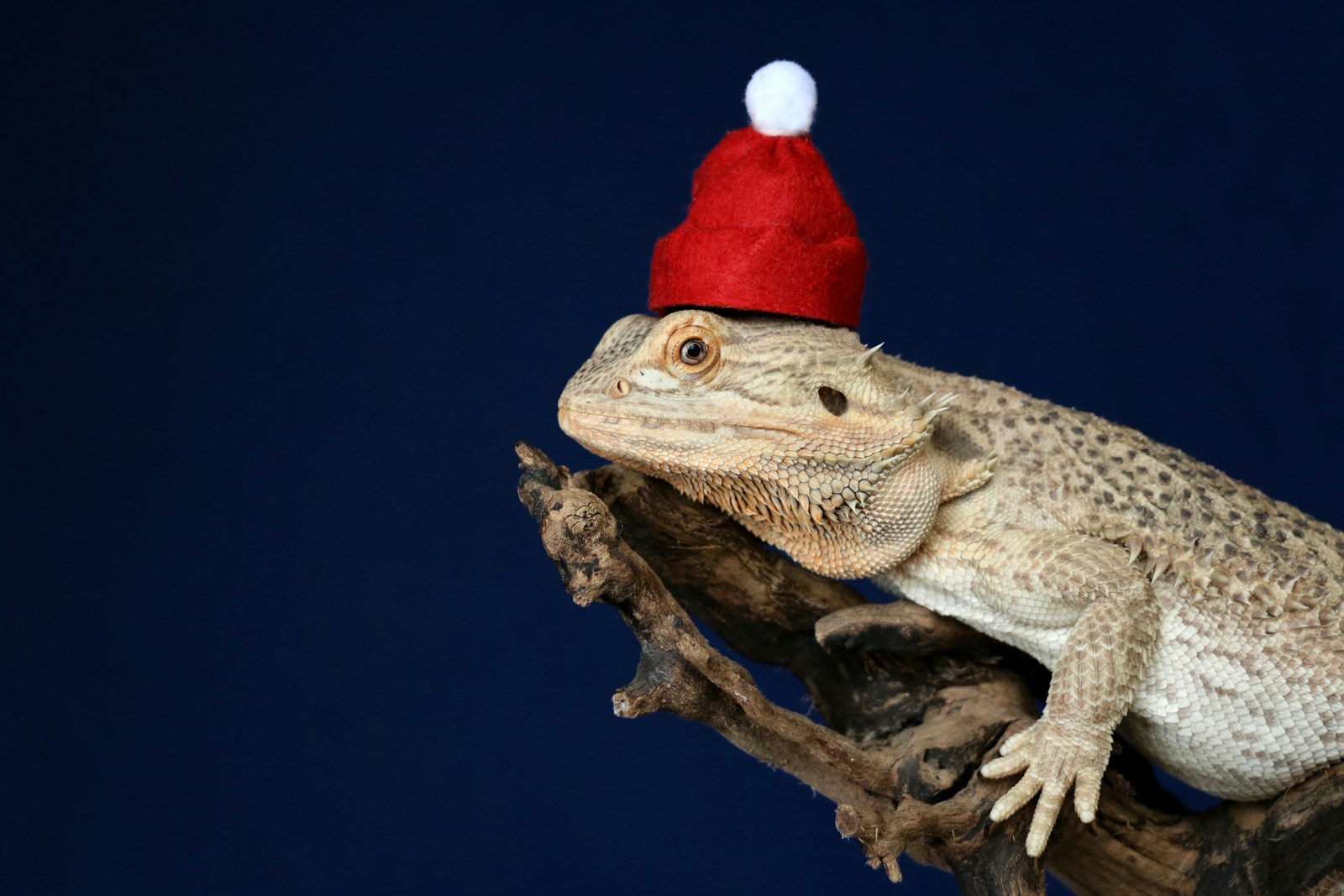
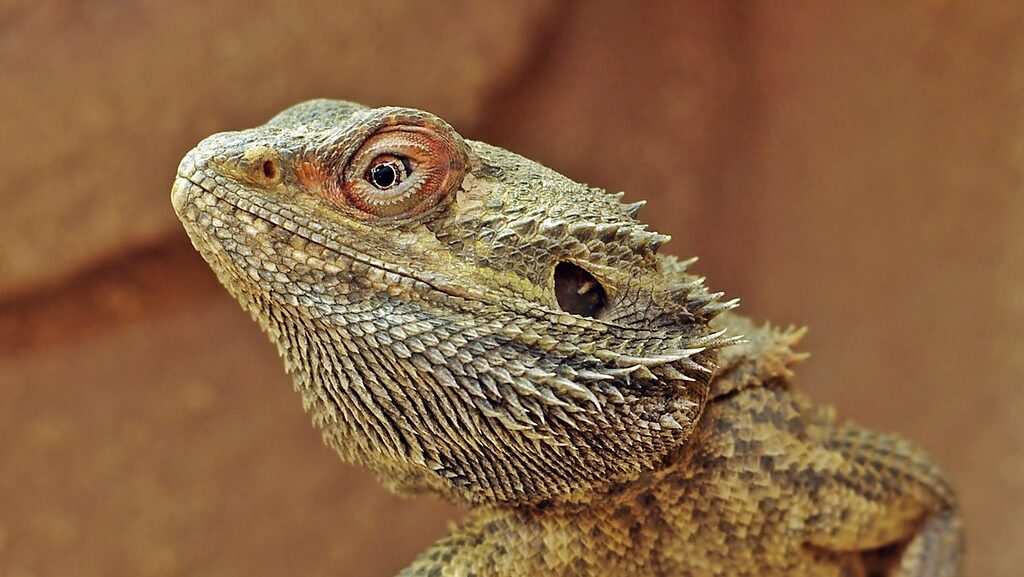
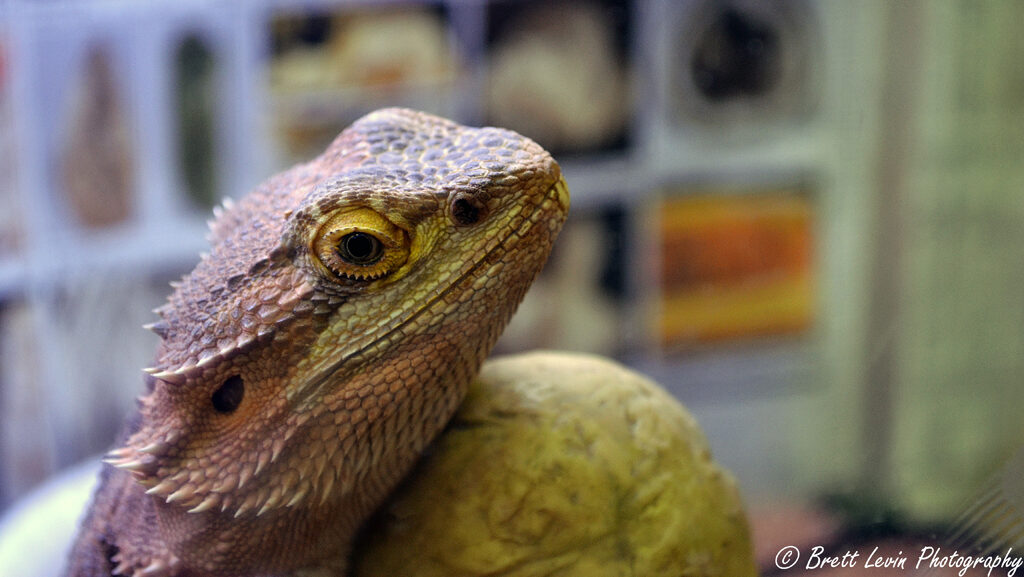
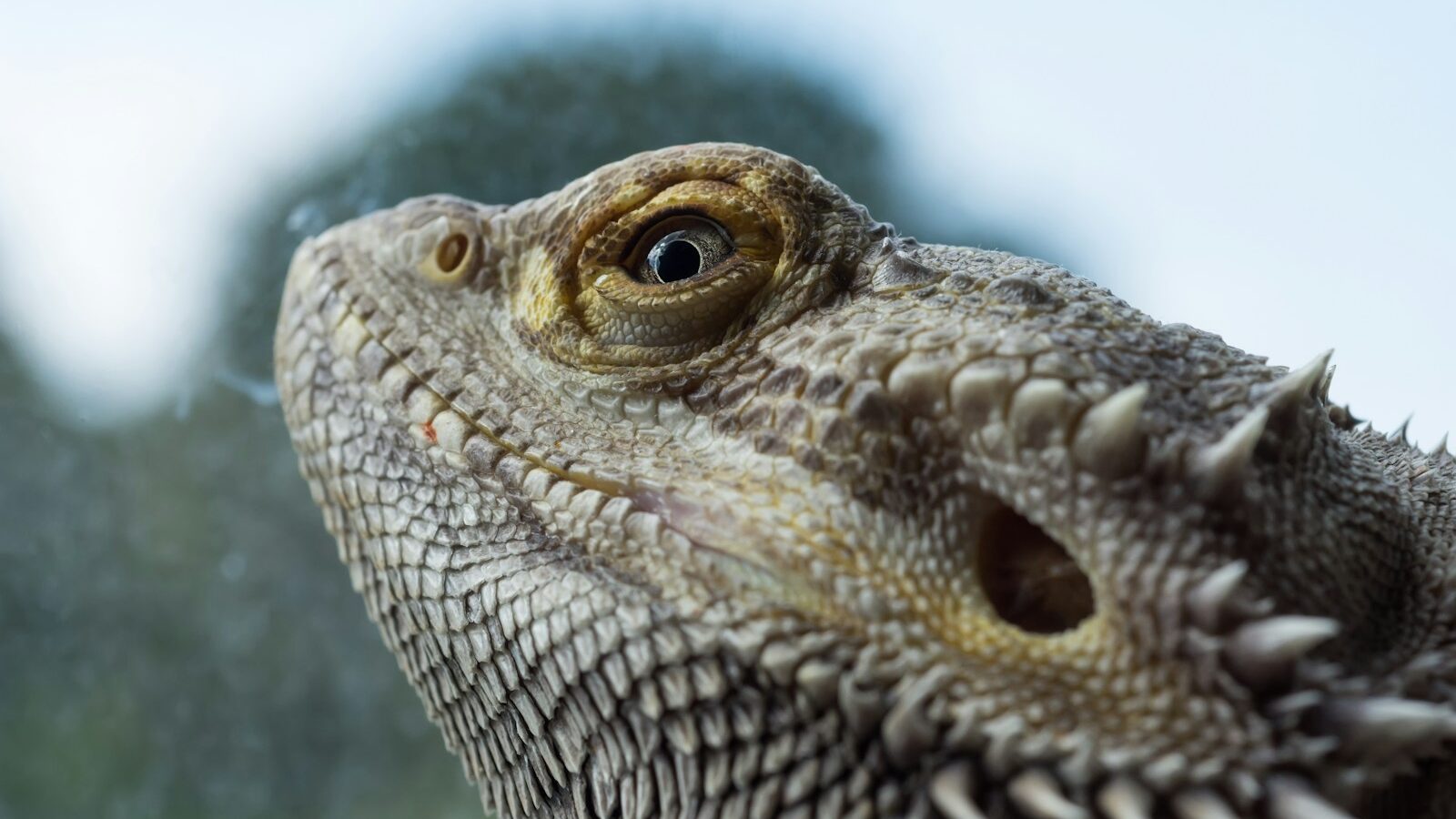
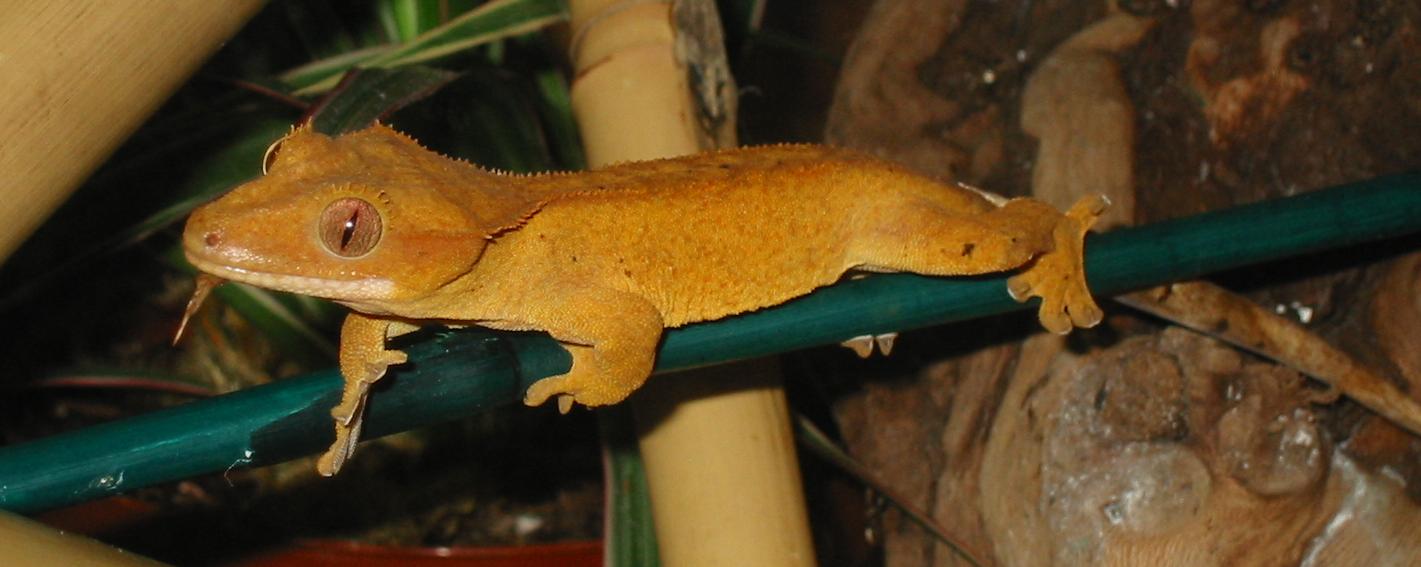
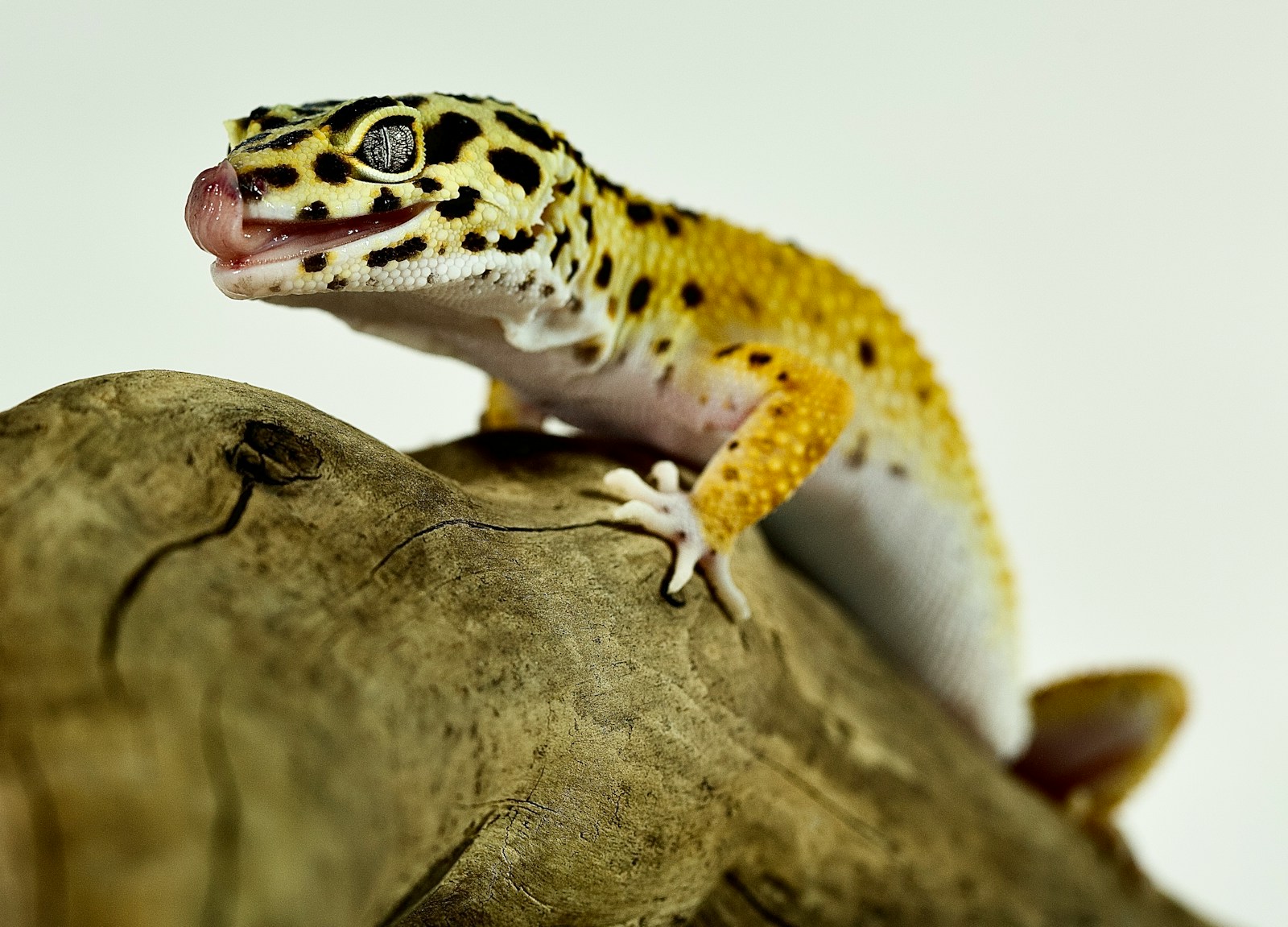
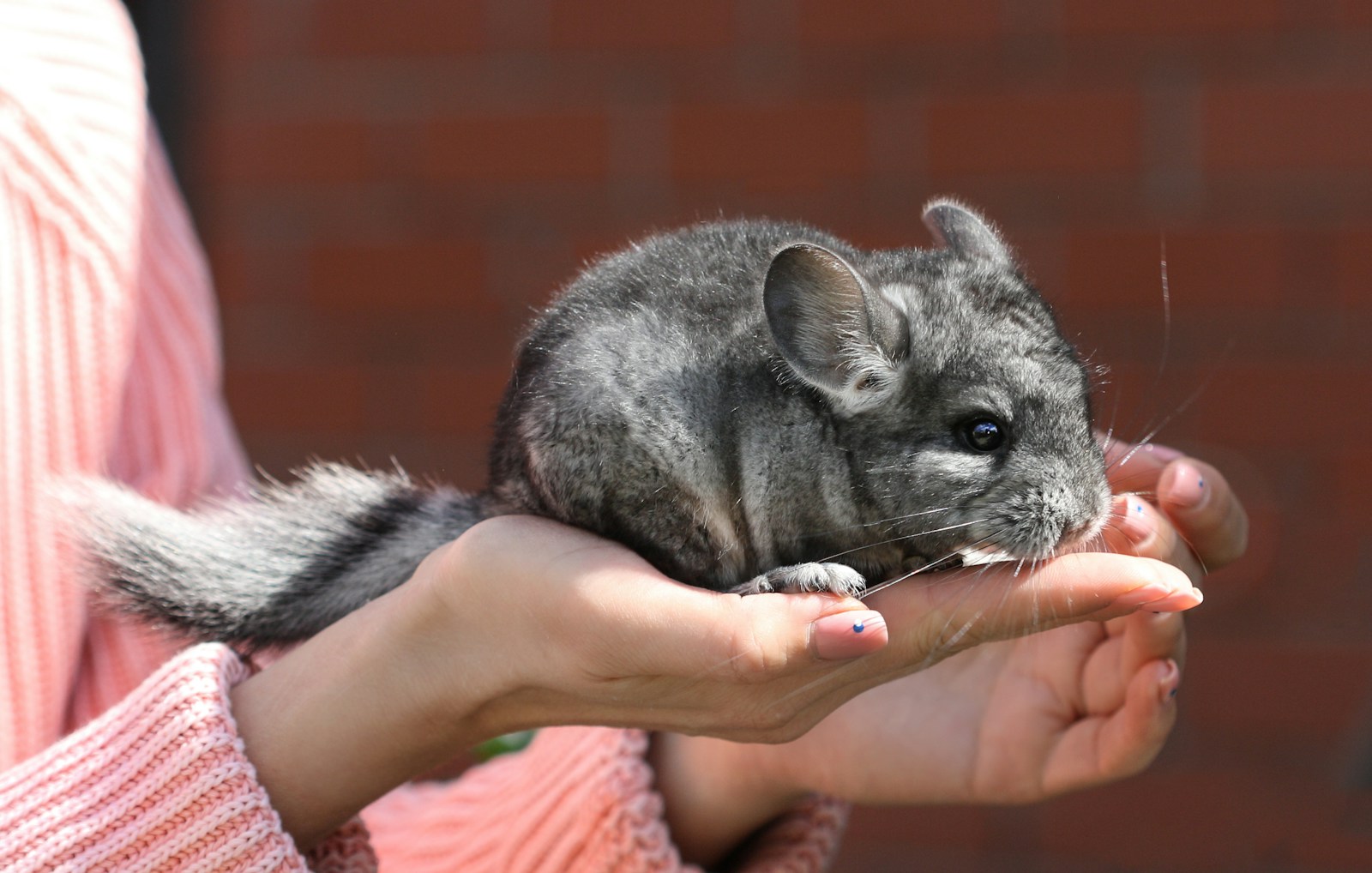

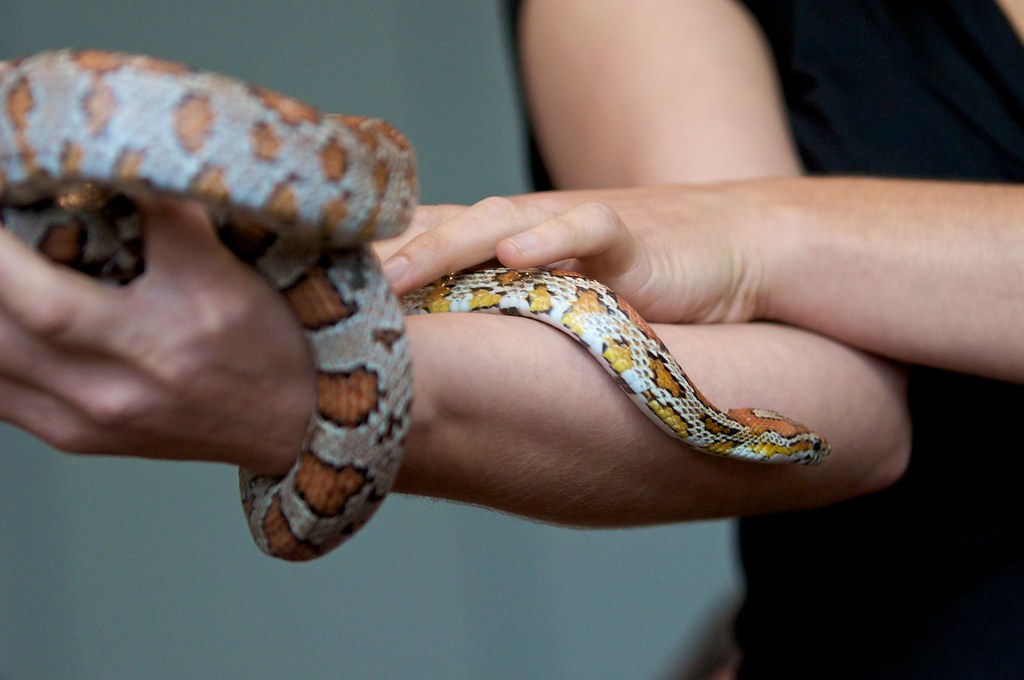
Leave a Reply